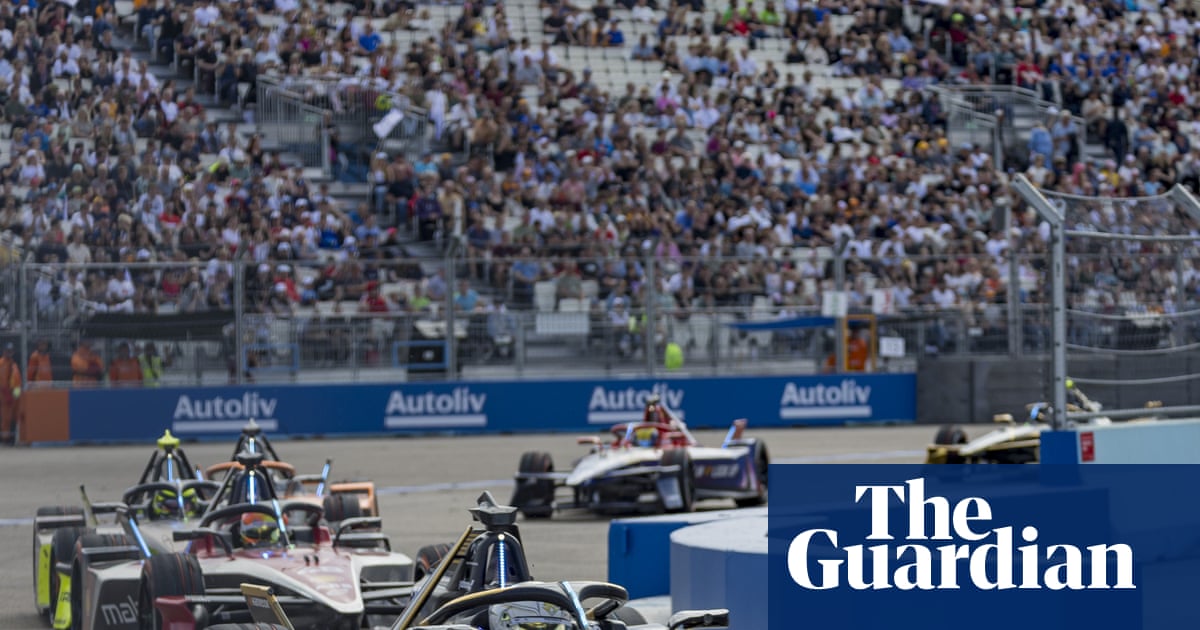
"The sport is unrecognizable from its early days, as was evident two weeks ago at Berlin's former Tempelhof airport, where Britain's Oliver Rowland sealed the championship for Nissan."
"The cars are now into their third iteration, the Gen 3 Evo. The battery change has long gone, top speeds are now up to 200mph and the acceleration is formidable at 0 to 60mph in 1.82 seconds."
"The cars use regenerative braking to produce almost 50% of all the energy required for the race, with an electric motor operating at more than 95% efficiency."
"The sound, a bugbear for many, is still far from the visceral punch of a V10 internal combustion engine, but at least now bears more similarity to that of a fighter jet than a household appliance."
Formula E has significantly transformed since its inception in 2014, now playing a crucial role in the mass adoption of electric vehicles. Originally, the series struggled with slow, cumbersome cars and battery limitations requiring mid-race car changes, which affected public interest. Today, the Gen 3 Evo cars reach speeds of 200mph and accelerate from 0 to 60mph in 1.82 seconds. The series employs regenerative braking for energy efficiency and retains a sound more akin to fighter jets, thereby enhancing the racing experience while advocating for sustainability.
Read at www.theguardian.com
Unable to calculate read time
Collection
[
|
...
]